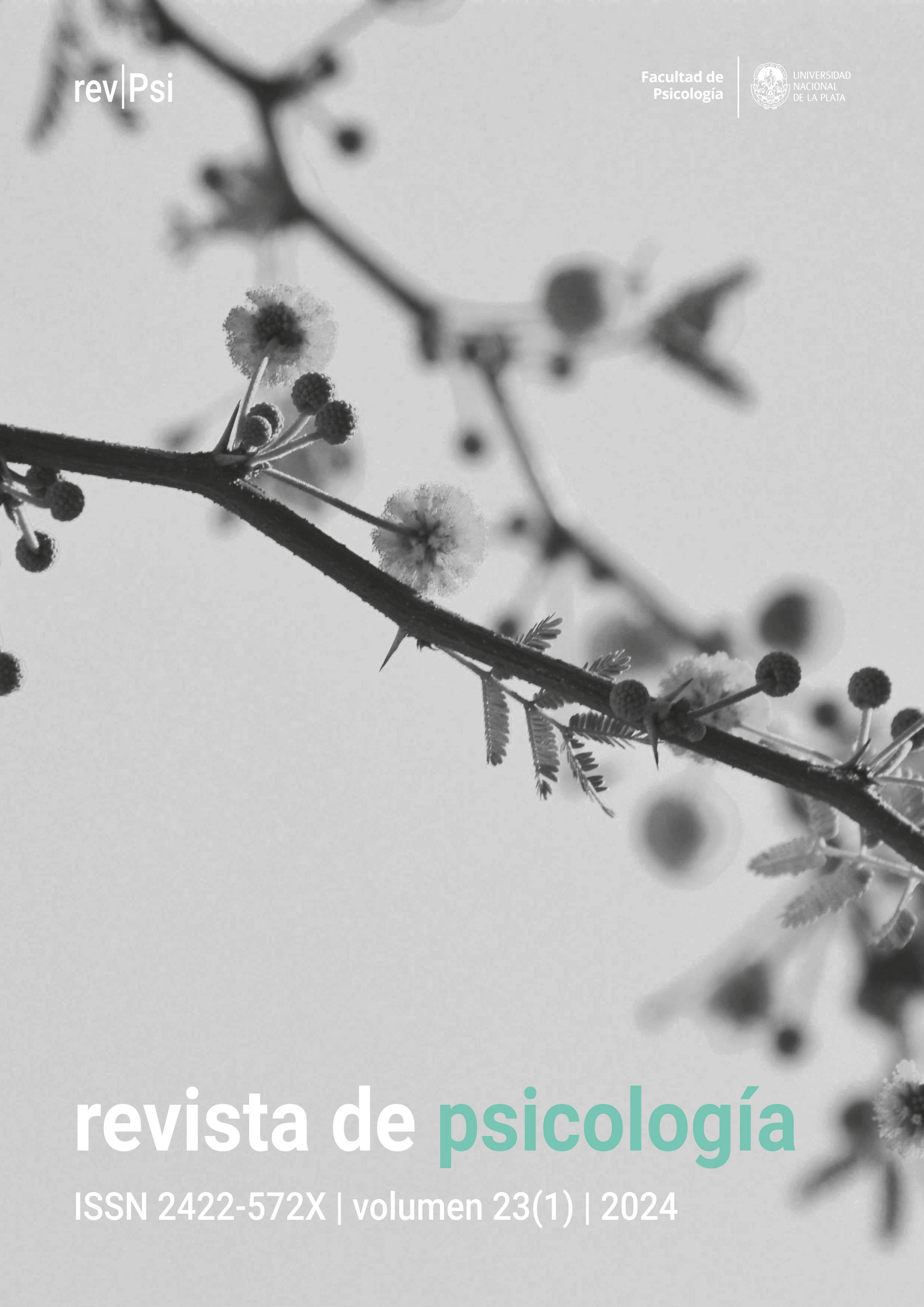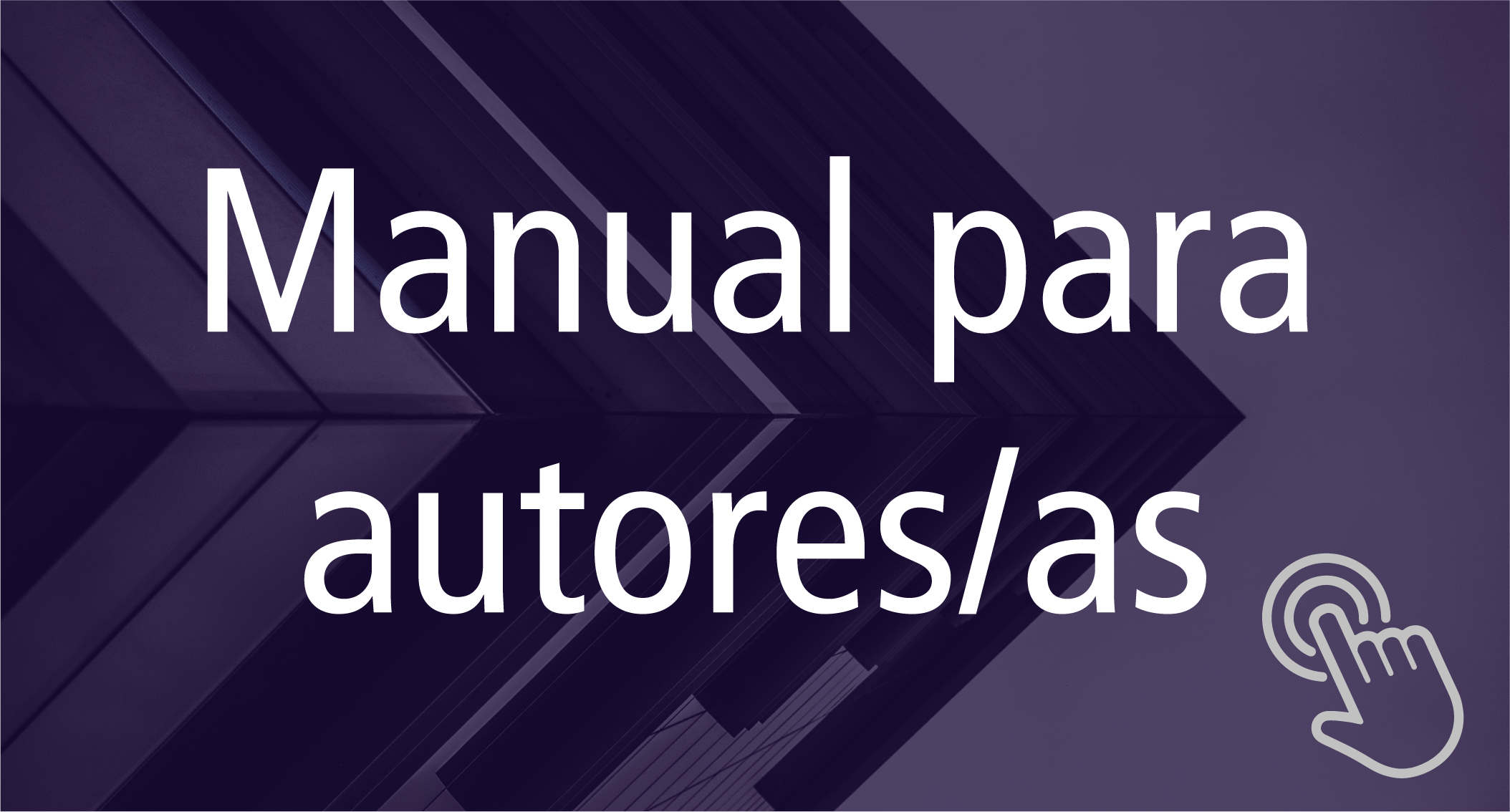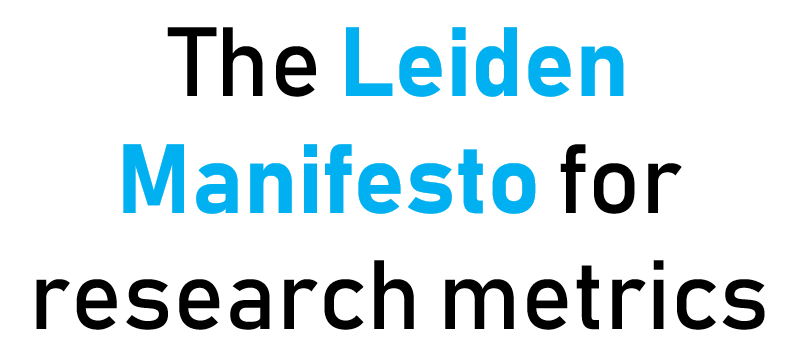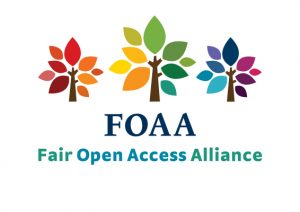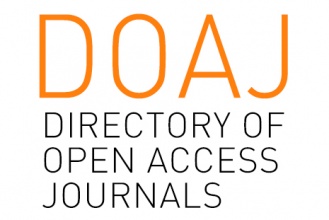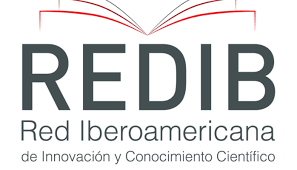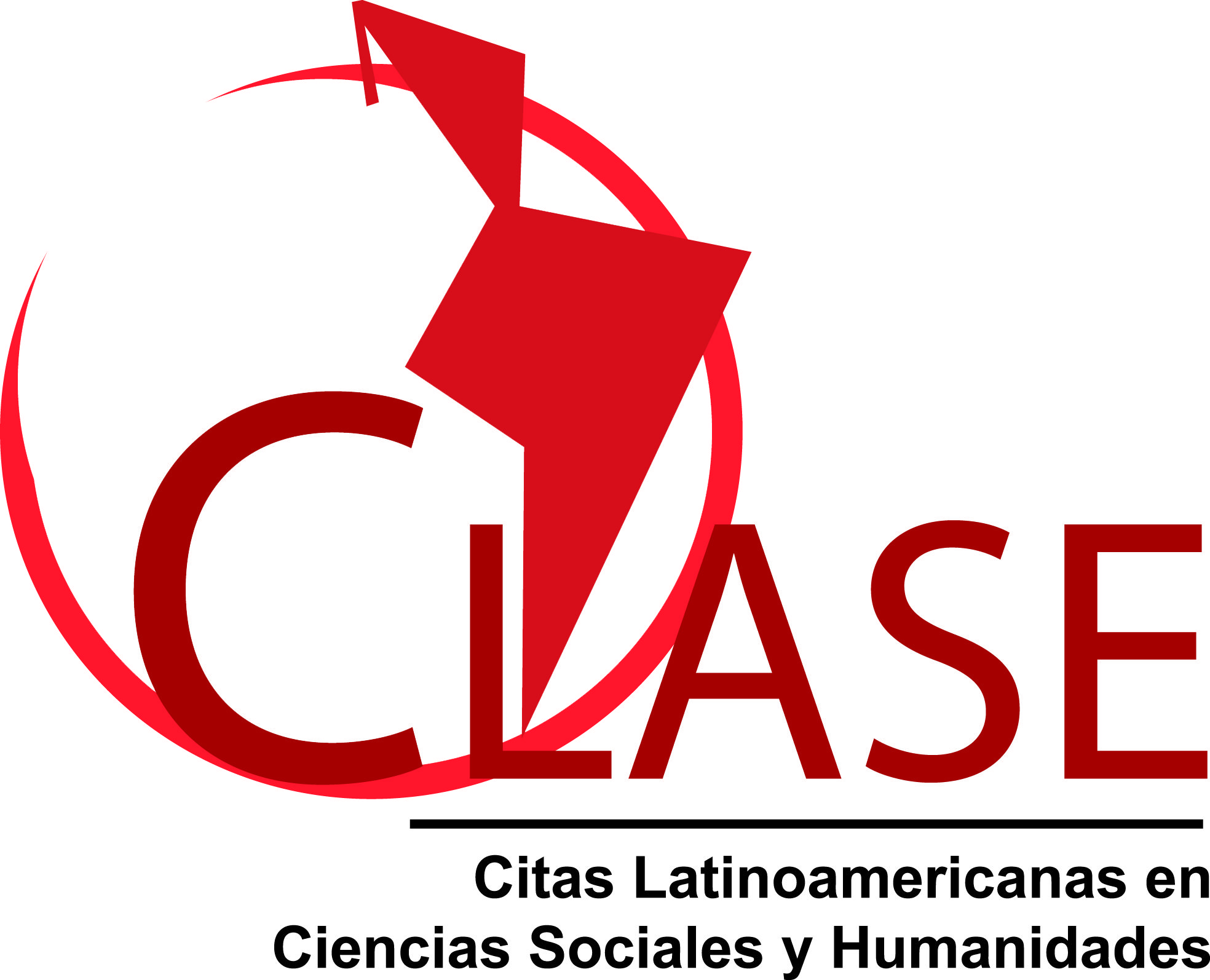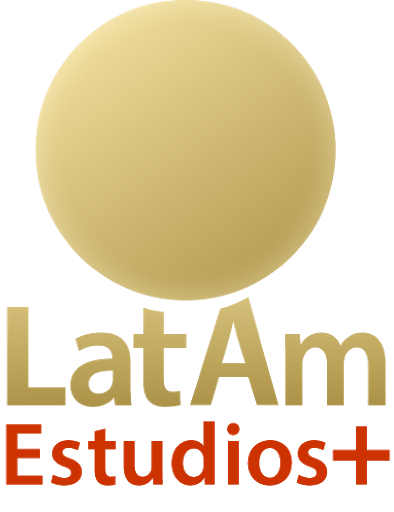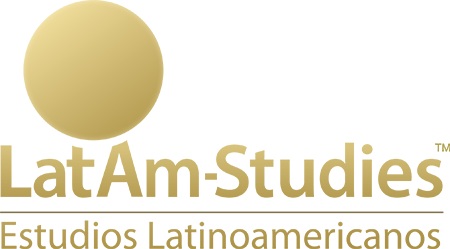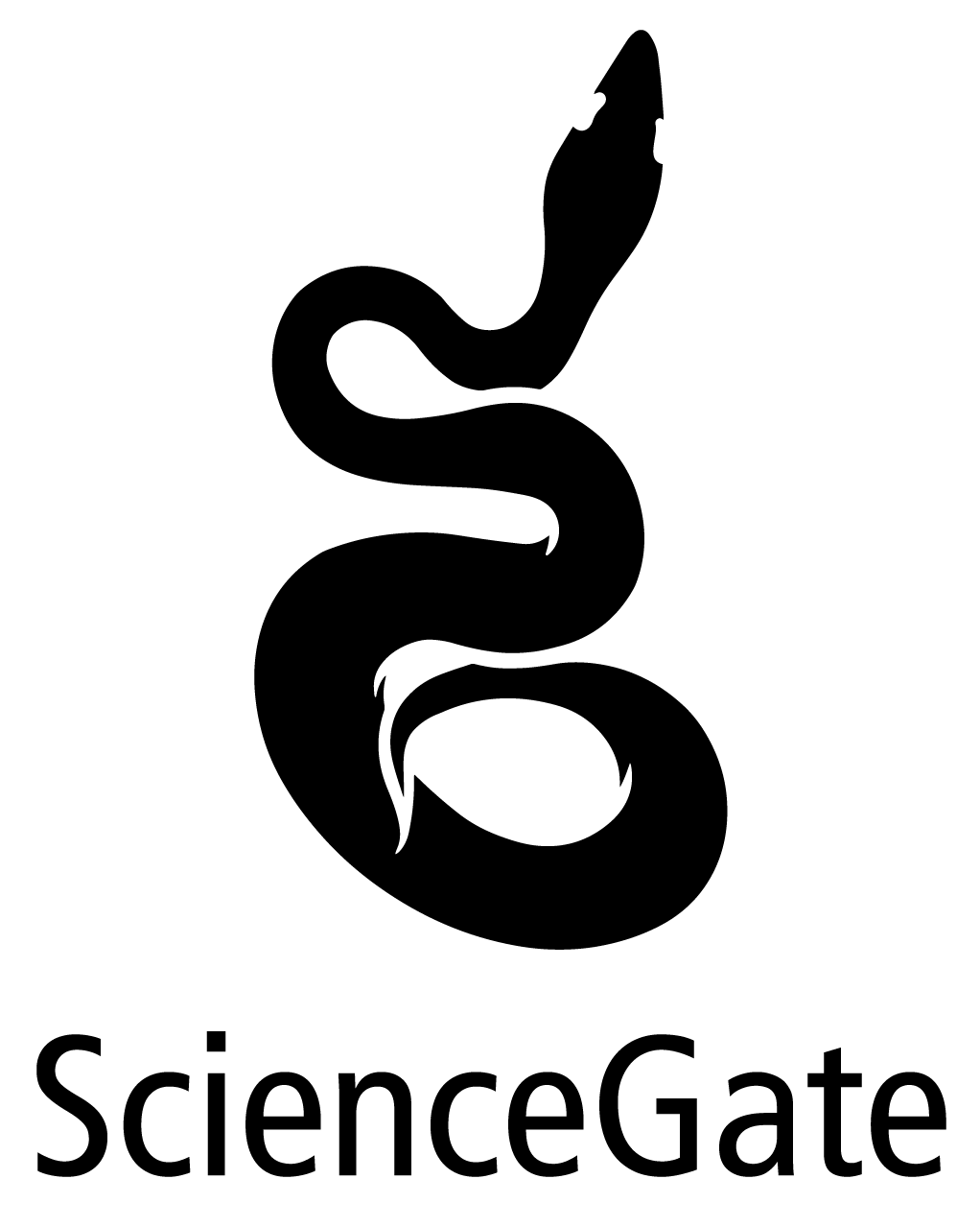Bullying in adolescents in Córdoba: Factors affecting aggressor and victim behaviors
DOI:
https://doi.org/10.24215/2422572Xe173Keywords:
adolescence, bullying, context, individual factorsAbstract
The primary objective of this study is to analyze the variables –individual, family, school and peer group– that are significant in explaining bullying victimization and aggression behaviors of in-school youth in the city of Córdoba (Argentina). A battery of tests to measure the variables understudy was administered to 3500 adolescents, between 11 and 20 years of age. Correlation analysis and Structural Equation Modeling were carried out. Results highlight the interrelationship between the different contexts, individual variables and aggressor and victim behaviors in bullying. The second texts, being closely interrelated, configure a network of relationships that favor or inhibit adolescent participation in this behavior.
Downloads
Metrics
References
Alonso Ospina Ospina, A. (2018). Correlación entre el coeficiente de empatía, conducta antisocial, inteligencia emocional y conducta prosocial en adolescentes victimarios, víctimas del bullying y prosociales. En M. Arias-Cantor y C. Arango (Eds.), Investigación psicológica (pp. 21-44). Fondo editorial Universidad Católica de Oriente.
Bartolomé Gutierrez, R. y Díaz Herráiz, E. (2020). Apoyo social y autopercepción en los roles de acoso escolar. Anales de Psicología, 36(1), 92-101. https://doi.org/10.6018/analesps.301581
Bayot, A. y Hernandez, J. (2008). Escala de competencia parental percibida. Versión hijos/as. Editorial CEPE.
Bronfenbrenner, U. y Ceci, S. J. (1994). Nature-nuturere conceptualized in developmental perspective: A bioecological model. Psychological Review, 101(4), 568. https://doi.org/10.1037/0033-295X.101.4.568
Calvete, E., Fernández-González, L., González-Cabrera, J. M. y Gámez-Guadix, M. (2018). Continued bullying victimization in adolescents: Maladaptive schemas as a meditational mechanism. Journal of Youth and Adolescence, 47(3), 650–660. https://doi.org/10.1007/s10964-017-0677-5
Cardozo, G. y Dubini, P. (2022). Hacia la construcción de lazos sociales: relecturas de una experiencia de intervención sobre el acoso entre pares en una escuela de sector popular. E+E: Estudios de Extensión en Humanidades, 9(13) ,116-133.
Carrascosa, L y Ortega-Barón, J. (2018). Apoyo social, empatía y satisfacción con la vida en los diferentes roles de agresor-víctima de acoso escolar. International Journal of Developmental and Educational Psychology, 1, 71-78. https://doi.org/10.17060/ijodaep.2018.n1.v3.1221
Carrascosa, L., Buelga, S. y Cava, M.J. (2018). Relaciones entre la violencia hacia los iguales y la violencia filio-parental. Revista Sobre la Infancia y la Adolescencia, 15, 98-109. https://doi.org/10.4995/reinad.2018.10459
Doty, J., Gower, A., Rudi, J., Mc Morris, B. y Borowsky, I. (2017). Patterns of Bullying and Sexual Harassment: Connections with Parents and Teachers as Direct Protective Factors. Journal of Youth and Adolescence, 46(11), 2289-2304. http://doi.org/10.1007/s10964-017-0698-0
Estévez, E., Inglés, C., Emler, N., Martínez-Monteagudo, M. y Torregrosa, M. (2012). Análisis de la relación entre la victimización y la violencia escolar: el rol de la reputación antisocial. Psychosocial Intervention, 21, 53–65. http://dx.doi.org/10.5093/in2012v21n1a3
Estevez, E., Flores, E., Estevez, J. F. y Huescar, E. (2019).Programas de intervención en acoso escolar y ciberacoso en educación secundaria con eficacia evaluada: una revisión sistemática. Revista Latinoamericana de Psicología, 5(3), 210–225. https://doi.org/10.14349/rlp.2019.v51.n3.8
Garaigordobil, M. (2013). Cyberbullying: Screening de acoso entre iguales. TEA.
Garaigordobil, M. (2017). Conducta antisocial: conexión con bullying/cyberbullying y estrategias de resolución de conflictos. Psychosocial Intervention, 26, 47–54. http://dx.doi.org/10.1016/j.psi.2015.12.002
Greco, C. (2019). Relaciones entre pares: aceptación, rechazo, victimización, agresión. Su importancia para el diseño de intervenciones en salud mental en educación primaria. Revista Argentina de Clínica Psicológica, XXVIII(4), 575-586. http://dx.doi.org/10.24205/03276716.2017.1037
Hernández Sampieri, R., Fernández-Collado, C. y Baptista-Lucio, P. (2014). Metodología de la investigación. McGraw-Hill.
Kornblit, A., Adaszko, D., Mendes Diz, A., Di Leo, P. y Camarotti, A. (2008).Manifestaciones de violencia en la escuela media. En A. Kornblit, Violencia escolar y climas sociales. Biblos.
Machimbarrena, J., González-Cabrera, J. y Garaigordobil, M. (2019). Variables familiares relacionadas con el bullying y ciberbullying: una revisión sistemática. Pensamiento Psicológico, 17(2), 37-56. http://doi.org/10.11144/Javerianacali.PPSI17-2.vfrb
Martorell, M.C. y González, E. (1992). Cuestionario de conducta prosocial (CCP) y cuestionario de conducta antisocial (CCA). En M. M Casullo (1998). Adolescentes en riesgo. Identificación y orientación psicológica (pp. 151-155). Paidós.
Mendez, J., Bauman, S., Sulkowski, M., Davis, S. y Nixon, C. (2016). Racially-focusedpeervictimization:Prevalence, psychosocial impacts, and the influence of copingstrategies. Psychology of Violence, 6(1), 103–111. http://doi.org/10.1037/a0038161
Mendoza González, B. y Maldonado Ramírez, V. (2017). Acoso escolar y habilidades sociales en alumnado de educación básica. Ciencia Ergo Sum, 42(2), 109-116.
Mendoza González, B. (2017). Prácticas de crianza y acoso escolar: descripción en alumnado de educación básica. Innovación Educativa, 17(24), 125-141.
Mestre, V., Samper, P., Tur, A. M., Richaud, M. C. y Mesurado, B. (2012). Emociones, estilos deafrontamiento y agresividad en la adolescencia. Universitas Psychologica, 11(4), 1263-1275. https://doi.org/10.11144/Javeriana.upsy11-4.eeaa
Miranda Ayala, R., Oyanedel, J. y Torres, J. (2018). Efectos del apoyo familiar, amigos y de escuela sobre bullying y bienestar subjetivo en estudiantes de nivel secundario de Chile y Brasil. Apuntes de Ciencia & Sociedad, 8(1), 89-97. http://dx.doi.org/10.18259/acs.2018010
Miranda Ayala, R., Oriol, X., Amutio, A. y Ortúzar, H. (2019). Adolescent bullying victimization and life satisfaction: Can family and school adult support figures mitigate this effect? Revista de Psicodidáctica, 24(1), 39–45. https://doi.org/10.1016/j.psicod.2018.07.001
Montero Carretero, C. y Cervelló Gimeno E. (2019). Estudio de un modelo predictivo del clima escolar sobre el desarrollo del carácter y las conductas de bullying. Estudios Sobre Educación, 37, 135-157. https://doi.org/10.15581/004.37.135-157
Moos, R.H. (1993). Coping Responses Inventory. Psychological Assessment Resources.
Moreno Bataller, C., Segatores Pittón, M. y Tabullo Tomas, A. (2019). Empatía, conducta prosocial y bullying. Las acciones de los alumnos espectadores. Estudios sobre Educación, 37, 113-134. http://doi.org/10.15581/004.37.113-134.
Murphy, T. P., Laible, D. y Augustine, M. (2017). The Influences of Parent and Peer Attachmenton Bullying. Journal of Child and Family Studies, 26(5), 1388-1397. http://doi.org/10.1007/s10826-017-0663-2
Nacimiento Rodríguez, L. y Mora-Merchán, J. (2014). El uso de estrategias de afrontamiento y habilidades metacognitivas ante situaciones de bullying y cyberbullying. European Journal of Education and Psychology, 7(2), 121-129. http://doi.org/10.1989/ejep.v7i2.184
Olweus, D. (2006). Una revisión general. En A, Serrano (Ed.), Acoso y violencia en la escuela. Cómo detectar, prevenir y resolver el bullying. Ariel.
Ministerio de Educación (s.f.). Sistema educativo nacional. http://mapa.educacion.gob.ar/sistema-educativo
R Core Team (2019). R: A language and environment for statistical computing. R Foundation for Statistical Computing, Vienna, Austria. https://www.R-project.org/.
Rodrigues Reis e Silva, G., Carvalho de Lima, M., LinsAcioli, R. y Barreira, A. (2020). Prevalence and factors associated with bullying: Differences between the roles of bullies and victims of bullying. Jornal de Pediatría, 96(6), 693-701. https://doi.org/10.1016/j.jpedp.2019.09.005
Romera, E., Jiménez, C., Bravo, A. y Ortega-Ruiz, R. (2021). Social status and friendship in peervictimization trajectories. International Journal of Clinical and Health Psychology, 21(1), 1-8. http://doi.org/10.1016/j.ijchp.2020.07.003
Rosseel, Y. (2012). lavaan: An R package for structural equation modeling. Journal of Statistical Software, 48(2), 1-36.
Ruoxuan, L., Meilin, Y., Hongrui, L. y Yunxiang, C. (2019). The relationships among autonomy support, psychological control, coping, and loneliness: Comparing victims with non victims. Personality and Individual Differences, 138(1), 266-272. http://doi.org/10.1111/sjop.12573
Salmivalli, C. (2018). Peer victimization and adjustment in Young adulthood: Commentary on the special section. Journal of Abnormal Child Psychology, 46(1), 67–72. https://doi.org/10.1007/s10802-017-0372-8
Seisdedos, N. (1988). Cuestionario A-D de conductas antisociales- delictivas. TEA
Silva Moreno, F. y Martorell Pallás, M. C. (2001). BAS-3, Batería de socialización (Autoevaluación). Manual. TEA.
Simón Saiz, M. Fuentes Chacón, R., Garrido Abejar, M., Serrano Parra, M., Larrañaga Rubio, M. y Yubero Jiménez, S. (2019). Factores personales y sociales que protegen frente a la victimización del bullying. Enfermería Global, 54, 1-12. https://doi.org/10.6018/eglobal.18.2.345931
Valdés Cuervo, A., Urías Murrieta, M. y Alonso Martinez, E. (2018). Disciplina restaurativa, apoyo escolar, autoeficacia, habilidades sociales y victimización por pares. Revista Interamericana de Psicología, 52(1), 93-101.
Zych, I., Beltrán-Catalán, M., Ortega-Ruiz, R. y Llorent, V. (2018). Social and emotional competencies in adolescents involved in different bullying and cyberbullying roles. Revista Psicodidáctica, 23(2), 86-93. https://doi.org/10.1016/j.psicod.2017.12.001
Downloads
Published
How to Cite
Issue
Section
License
Copyright (c) 2023 Griselda Cardozo, Patricia Dubini

This work is licensed under a Creative Commons Attribution 4.0 International License.
![]()
Authors who publish in this journal accept the following conditions:
- Authors retain the copyright and assign the right of first publication to the journal, with the work registered under a Creative Commons attribution license (CC-BY), which allows third parties to use what is published whenever they mention the authorship of the work and the first publication in this magazine.
- Authors can make other independent and additional contractual agreements for the non-exclusive distribution of the article published in this journal (e.g., include it in an institutional repository or publish it in a book) as long as they clearly indicate that the work was published for the first time in this magazine.
- Authors are allowed and encouraged to publish their work on the Internet (e.g., on institutional or personal webpages) before and during the review and publication process, as it can lead to productive exchanges and greater and faster dissemination of published work (see The Effect of Open Access ).

